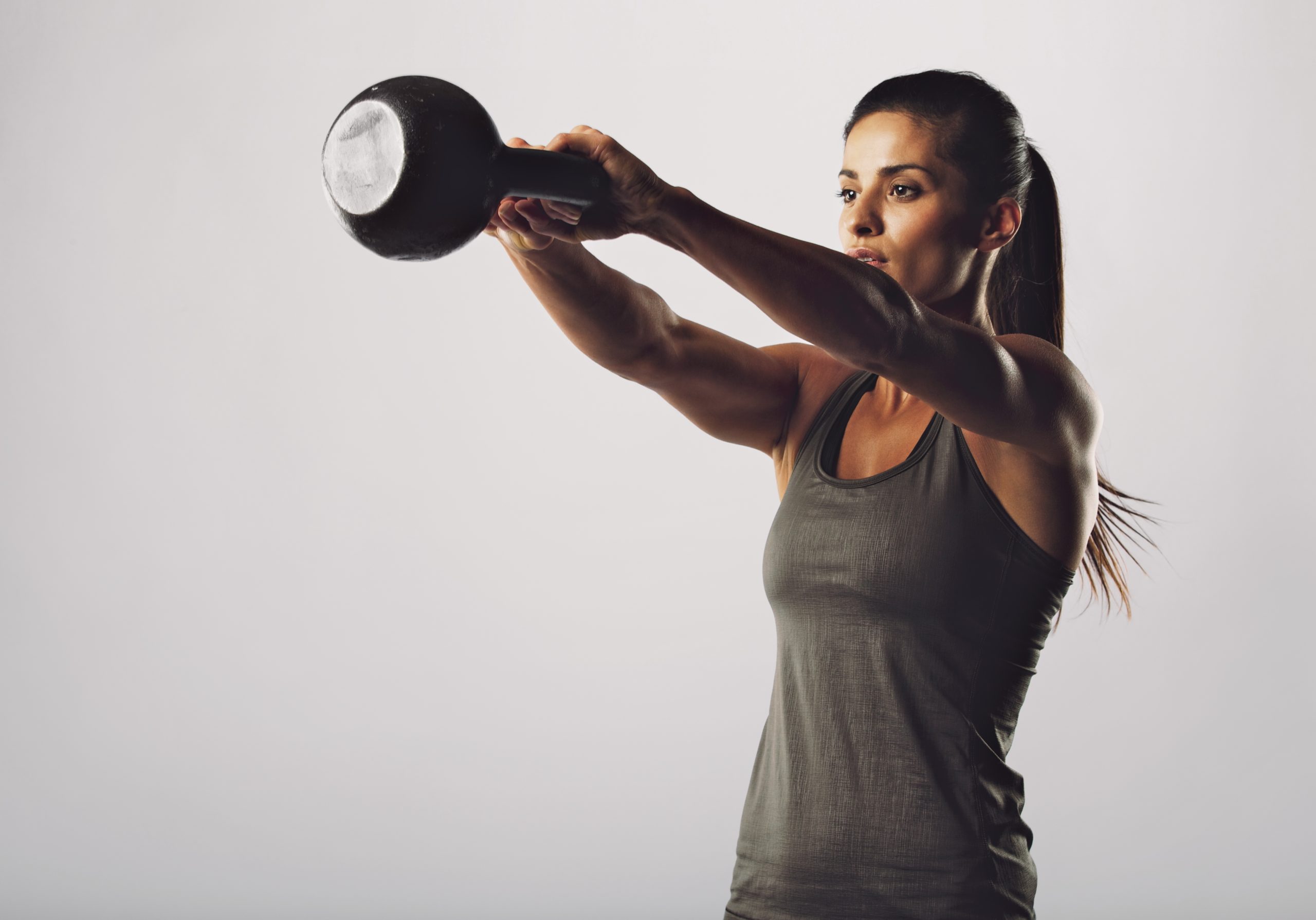We are nearing the end of the offseason…Have you been hitting the gym?
Strength training is an essential part of a successful triathlon training program. It helps to improve muscular endurance and power output, it prepares the body for the demands of training and racing, and it helps to prevent injury.
An athlete with well-balanced strength will have the ability to efficiently transfer power from his or her body into each swim stroke, pedal stroke, and run stride. Conversely, an athlete with insufficient strength can experience power leaks from poor postural control that reduce the amount of force he or she is able to produce.
Postural strength is also very important for injury prevention. As your workouts get harder, you need the proper support from your muscles to maintain good biking, running and swimming form. When form fails, we are susceptible to injury. We all know (should know!) we need good core strength to create a stable base for all the activities we do.
It is especially important to work on the lateral and rotational musculature of the hips and core. These muscles are what help you to move side to side and make cutting motions, and most importantly for running and biking, they also help prevent any unwanted side-to-side or twisting motions of the pelvis, trunk, or legs. When these muscles are strong, you will be less prone to injury and also more efficient. Running and biking is a straight-forward motion, so in these sports you are predominantly working the muscles in the front and back of the hips and legs. Therefore, a strength program that includes strengthening the lateral muscles to improve your stability is very important.
Break your training into phases
Just like running and triathlon training, strength training should be periodized throughout the year. It starts with the general strengthening/preparation phase, which lines up with the offseason and build phase of triathlon training. This is when you work on increasing your overall base strength. The offseason, in particular, is also when you get to take a break from focusing extensively on swimming, biking, and running. So hitting the weights is a nice change of pace! You can go a little harder with the resistance in this phase because you don’t have to worry about fatigue or soreness for your next run, bike, or swim workout. Heavy-resistance training in particular has been shown to enhance both short and long duration endurance capacity in high-level endurance athletes as well as well-trained recreational athletes. Therefore, it can be helpful for races ranging from sprints and 5Ks to marathons and full-distance triathlons. In addition, the stronger you are, the better you will be able to handle increases in workout intensity and duration as the season progresses.
After the offseason and build phases, you enter the pre-racing phase. Here your strength training becomes more sport-specific and more focused on explosive movements in order to build power. You are using the strength gained in the previous phase to build power and speed. Plyometrics are also added at this point.
Once in the competitive phase, the idea is to maintain strength through the rest of the season. Resistance and overall volume of strength exercises is reduced, as you focus more on training for your races.
When the season is over, take some time off to rest and recover. This is important! During this time, strength training at low loads can be kept up a couple times a week so that you don’t lose too much fitness before the next cycle starts.
If you are new to strength training and unsure of proper technique, sign up for a session with a coach or physical therapist to help guide you. Even if you are experienced with strength training, it is beneficial to have a functional assessment, so you can focus your strength sessions specifically on your needs. In most states you can see a physical therapist without a doctor’s prescription, so it’s easy to get evaluated and learn what you need to work on to ensure an injury-free and successful season!

